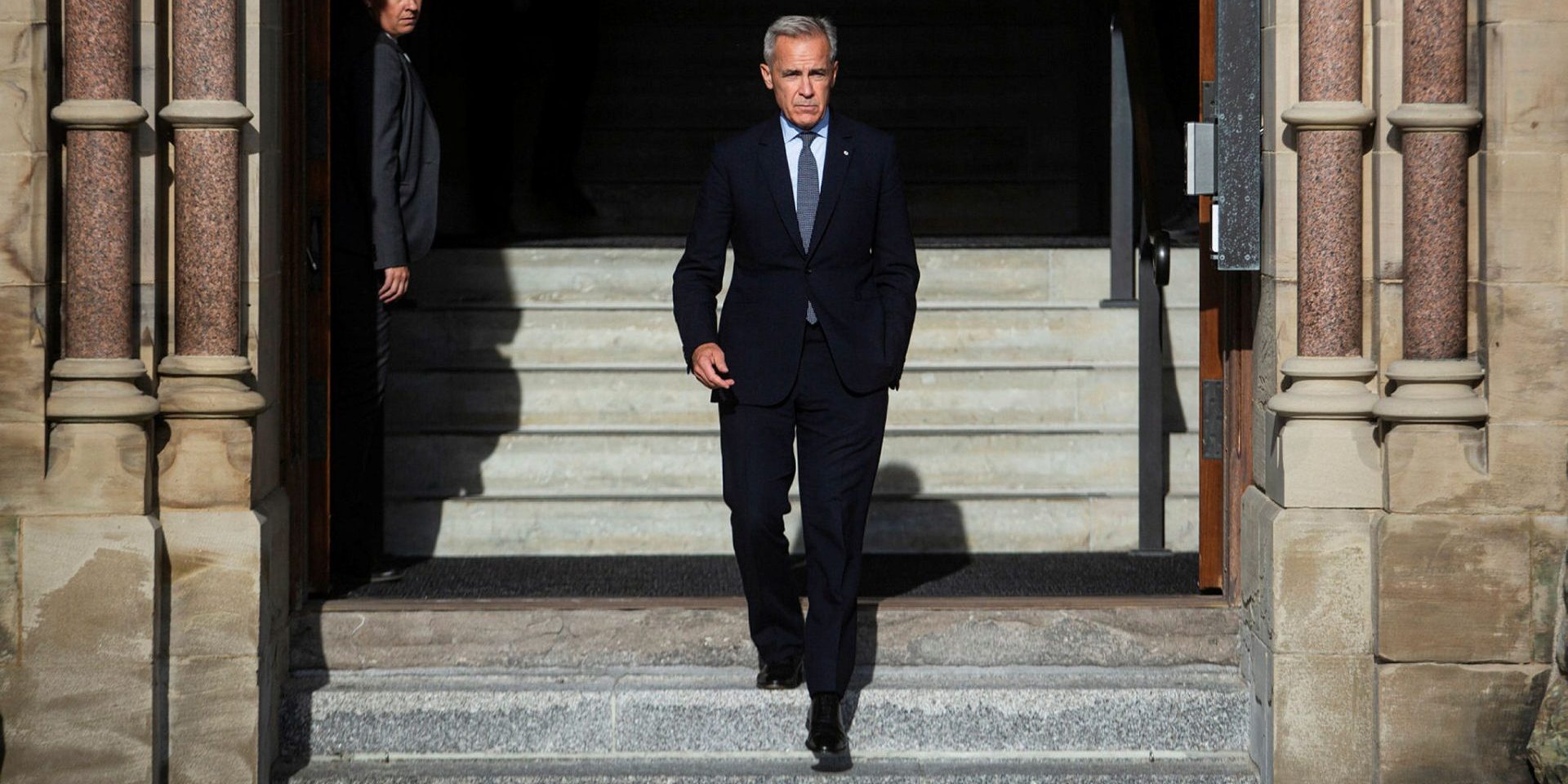Innovation as deterrence: how Canada’s new NATO target can thrive in a tech-driven world

Canada’s entire defence system was disrupted over the summer through the unveiling of a sharp increase in defence spending, the proposal of a new defence procurement agency, and the rollout of Inflection Point, a plan to restructure the Canadian Armed Forces. Not everyone has gotten the memo of this overhaul though, which needs to reach an audience far beyond Ottawa. The changes coming to Canada’s defence sector and its many related ecosystems—including Canada’s entire research and development, and manufacturing sectors and foreign supply chains—will be transformational for the country.
This time, Canada won’t get away with ignoring NATO commitments or its own internal targets. The new geopolitical order—high on instability and low on trust—won’t allow for excuses from Canada, and there will be zero tolerance for backsliding from the Americans. Despite a tight fiscal framework, defence spending targets are going to the moon in Canada (from less than two per cent now towards five per cent of GDP over the next 10 years). Instead of collecting a peace dividend—where a peaceful world lets countries focus on their economy and society—the new challenge for governments is to ensure that military spending delivers its own “defence dividend.”
Strategically, this disruption provides a huge opportunity for Canada to drive innovation, growth, and productivity, all currently in serious short supply. Impactful innovation will mean Canada putting dual-use technologies—those with both potential civilian and military applications—at the heart of its approach. There are many of these dual-use technologies, such as quantum, cyber, and artificial intelligence, that new defence spending can tap into and also boost across R&D, startups, commercialization, and new products. As argued in a recent report published by the Centre for International Governance Innovation, the government must urgently change its approach to dual-use technology.

In the previous model, regulations and incentives led technology innovators to minimize potential military applications for fear of incurring export limitations without clear benefit. A new “dual-use first” approach can provide cohesion for existing government strategies while also ensuring that new research and development efforts support Canada’s new NATO commitment to spend five per cent of GDP on defence and defence-related expenditures. The first step is recognizing where existing programs—from the $360-million National Quantum Strategy to the $2.4-billion AI funding package announced in the 2024 federal budget, and across many research grant programs—are already dual-use in their impacts, and accounting for this contribution to Canada’s defence spending framework. Connecting research and development efforts on dual-use technologies will also help build relationships between Canadian innovators and the defence community.
As the Carney government continues to develop its Bureau of Research, Engineering, and Advanced Leadership in Innovation and Science, further steps can be taken to ensure that dual-use programs maximize benefits for Canadian defence and society. R&D funding streams targeted for dual-use projects can expand capacity in priority areas for defence acquisition of advanced technologies while also developing technologies with wide civilian applicability across society. Participating in joint dual-use initiatives with like-minded countries and within alliance frameworks can help connect Canadian researchers with best-in-class talent from around the world and support their work. Commercialization supports through Canada’s regional development agencies and regulatory reviews can help startups and scale-ups reach their full potential. And finally, the development of an intellectual property strategy to shore up technological sovereignty will help bolster Canada’s readiness to compete in the “intangibles” economy.
Robust investment in emerging dual-use technologies will ensure that the CAF have access to world-leading technology developed at home, while also bringing much-needed economic development. In an increasingly technology-driven world, a robust innovation economy can be a deterrent against the economic and security threats facing the country. But this will require a wider recognition that the relationship between technology and security has transformed.
Tracey Forrest is research director of transformative technologies at the Centre for International Governance Innovation.
Michael P. A. Murphy is the director of the Centre for International and Defence Policy at Queen’s University.
Paul Samson is the president of the Centre for International Governance Innovation.
The Hill Times





 LICENSING
LICENSING PODCAST
PODCAST ALERTS
ALERTS


